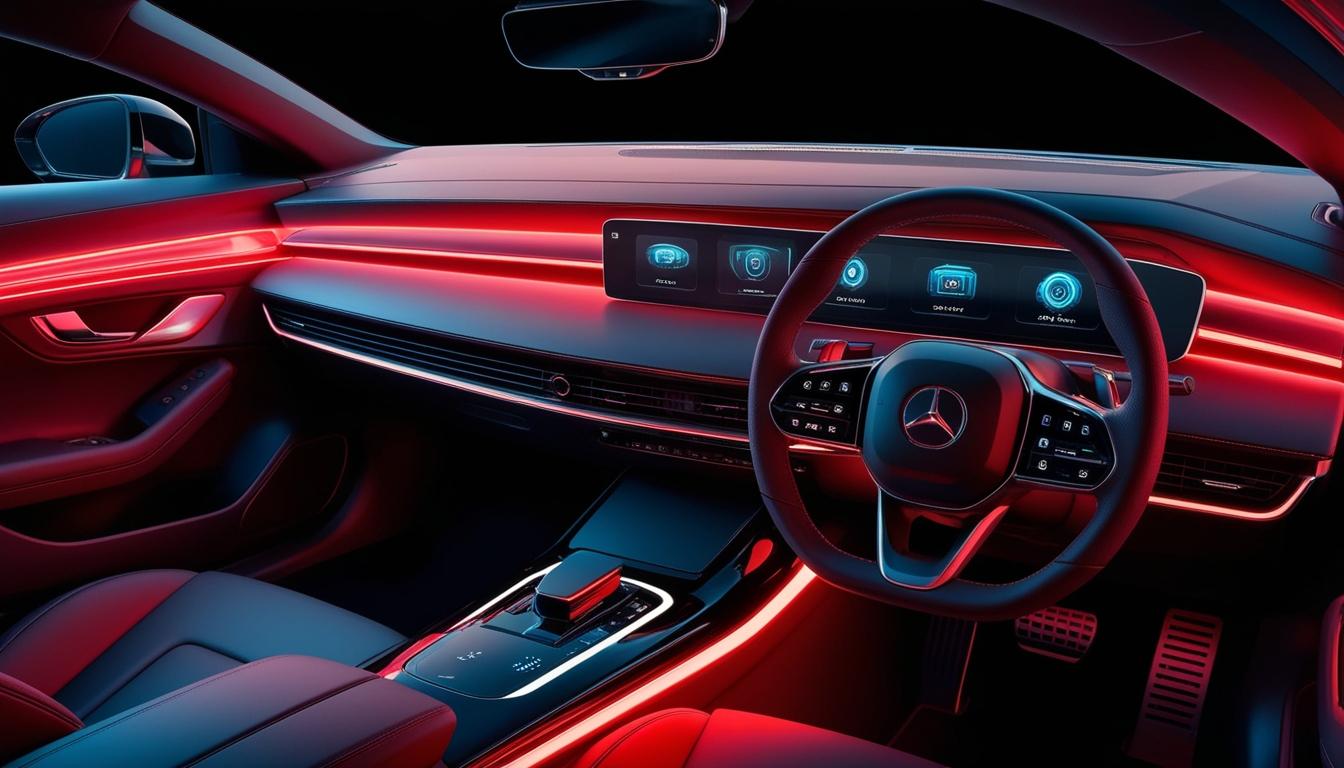The automotive sector is undergoing a transformative phase characterised by rapid advancements in technology, particularly in the realm of artificial intelligence (AI) and automation. This evolution is driven by significant trends such as electrification, advanced driver assistance systems (ADAS), and enhanced vehicle connectivity, which collectively redefine in-car experiences. The demand for high performance among electronic control units (ECUs) is becoming more critical as vehicles increasingly rely on software capabilities, requiring adaptable control systems that can adjust to the workloads anticipated in the next decade.
According to Semiconductor Engineering, today's automotive ECUs must not only handle existing tasks but also exhibit flexibility to support future upgrades and functionalities. A contemporary ECU typically integrates various processors, including specialised AI accelerators alongside traditional central processing units (CPUs) and graphics processing units (GPUs). While AI accelerators focus on specific tasks like object detection and semantic segmentation for ADAS, GPUs, historically associated with graphics processing, are proving their versatility by taking on broader computational roles, even in advanced automotive applications.
The GPU's programmability is a key advantage, with established APIs such as OpenCL, Vulkan, and OpenGL enabling developers to create high-performance applications with relative ease. These tools streamline the programming process and allow for optimised scheduling and memory management. The growing community of developers and open-source frameworks further fosters collaboration, enhancing the GPU's applicability in the automotive domain.
The use of GPUs is expected to expand significantly, providing both flexibility and scalability. This hardware can support various applications — from multimedia experiences to compute-intensive ADAS functions. For instance, a vehicle may utilise multiple GPUs, dedicating one for multimedia display while another handles safety-critical data. This scalability allows Original Equipment Manufacturers (OEMs) to streamline hardware design and software development across different vehicle models.
The processing capabilities of GPUs make them especially adept for tasks requiring high throughput and parallel computations, essential for ADAS functions. Key applications identified for GPU usage include the pre-processing of sensor data, sensor fusion, and even complex algorithmic operations like image enhancement and pathfinding. As vehicles become equipped with an increasing number of sensors, GPUs will support an expanding range of tasks.
In the realm of sensing compute, GPUs excel at efficiently managing video manipulation tasks, such as dewarping camera streams. They are also capable of processing signals from lidar and radar, complementing the functionality of digital signal processors (DSPs) in achieving a comprehensive understanding of a vehicle's surroundings.
The need for integrating data from various sensors to form a unified digital representation is paramount for higher-level ADAS capabilities, particularly for Level 4 autonomy. This sensor fusion process relies heavily on GPU performance, necessitating robust compute power for tasks like camera stitching and behaviour prediction.
Amid these advancements, manufacturers like Imagination Technologies are developing GPUs tailored for automotive applications. The Imagination DXS, a recent product featuring a refined PowerVR GPU architecture, embodies optimal performance characteristics necessary for automotive systems. The GPU architecture incorporates a single instruction, multiple threads (SIMT) model, and supports high-performance compute tasks, making it suitable for complex automotive applications while ensuring functional safety and hardware-based virtualisation.
In conclusion, the integration of GPUs into automotive ECUs marks a significant shift toward more adaptable, efficient, and performance-oriented systems capable of responding to the growing computational demands of modern vehicles. As AI and automation continue to shape the future of the automotive industry, the role of GPUs is set to be increasingly pivotal in delivering the next generation of in-car experiences.
Source: Noah Wire Services
